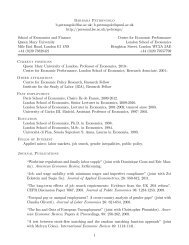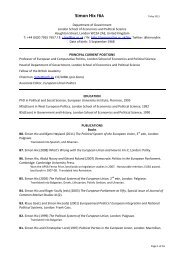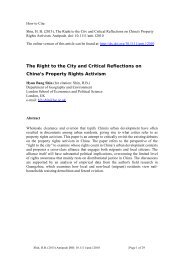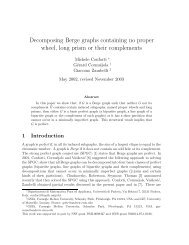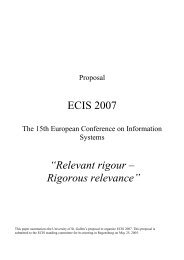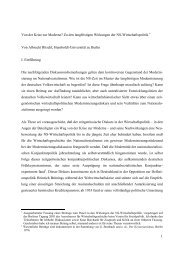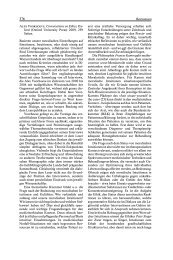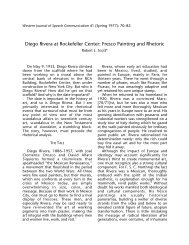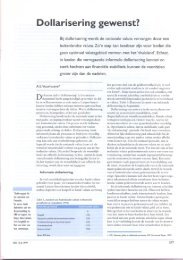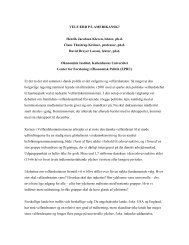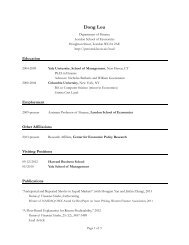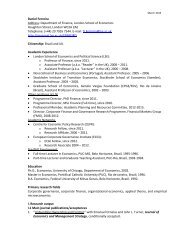Reference: MA, Debin. “The Great Silk Exchange: How the World ...
Reference: MA, Debin. “The Great Silk Exchange: How the World ...
Reference: MA, Debin. “The Great Silk Exchange: How the World ...
You also want an ePaper? Increase the reach of your titles
YUMPU automatically turns print PDFs into web optimized ePapers that Google loves.
commodities. As a result, for a thousand years and more, animal portage competed<br />
successfully with shipping in <strong>the</strong> moving of light-weight luxury goods between China, India,<br />
<strong>the</strong> Middle East, and Eastern Europe. Steensgaard made one calculation of transportation<br />
costs along <strong>the</strong> overland silk trade based upon an English merchant’s records. He found that<br />
a journey of seventy-nine marching days between Nor<strong>the</strong>rn Persia and Turkey in 1581-1582<br />
cost <strong>the</strong> merchant no more than 3 percent of <strong>the</strong> sales price of <strong>the</strong> silk transported. Thus<br />
Steensgaard concluded that in terms of pure transportation costs (excluding <strong>the</strong> custom<br />
duties) silk transportation by camel was actually cheaper than by ship. 17<br />
The Maritime System<br />
Compared with o<strong>the</strong>r luxury commodities, such as spices, porcelain, o<strong>the</strong>r textile materials<br />
and precious metals, silk was much more closely bound to <strong>the</strong> land route and was usually<br />
<strong>the</strong> last to switch to <strong>the</strong> extensive use of sea routes (Abu-Lughod 1989: 327; Li, M.-W.<br />
1991: 46; Steensgaard 1973: 168). This was clearly due to its light weight, durability and<br />
ease for packing and storing. To understand <strong>the</strong> eventual waning of <strong>the</strong> overland route, we<br />
need to examine <strong>the</strong> most crucial feature distinguishing it from <strong>the</strong> maritime transportation<br />
system.<br />
In nearly any terrain, camels could travel approximately 20 miles in six hours<br />
without difficulty. Still <strong>the</strong> entire trip from China to Europe, extending more than 5,000<br />
miles, would take more than a year and a half (Rossabi 1990: 356). A single attendant could<br />
manage about six camels. Strings of camels, tied head to tail, were guided by one man in<br />
front and guarded by a second in <strong>the</strong> rear. Each camel could carry about 300-500 pounds of<br />
26



